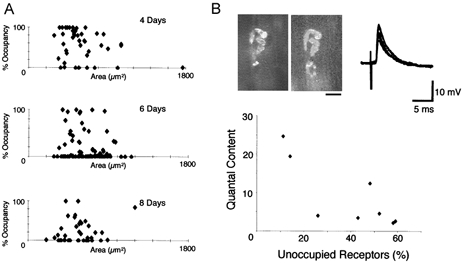Figure 4. Effect of endplate size and occupancy on synaptic withdrawal.

A, endplate size did not influence the withdrawal of Wlds synapses at 4, 6 and 8 days post axotomy. There was no significant correlation between the size of an endplate and the state of withdrawal of its corresponding nerve terminal. B, FM1-43 (left) and α-BTX (right) images, intracellular recordings and summary graph of electrophysiological recordings from visualised partially occupied NMJs on 2-month-old Wlds FDB muscles 4 days after axotomy. The NMJ shown has ∼50 % terminal occupancy of the endplate, yet still provides evidence of robust synaptic transmission. However, quantal analysis using the variance method, indicated a significantly reduced quantal content (m =∼5), compared to control muscles. The graph shows the relationship between quantal content and fractional vacancy from eight fibres, indicating that depression of transmitter release preceded structural withdrawal. Scale bar = 20 μm.
